Space Juggling Blog
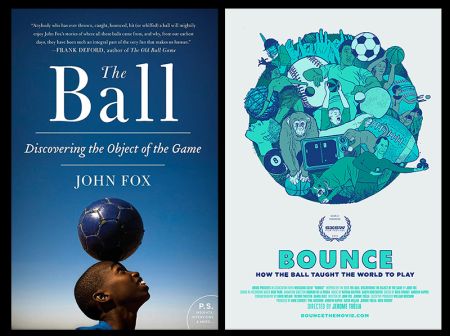
La Pelota: El objeto que nos enseñó a jugar
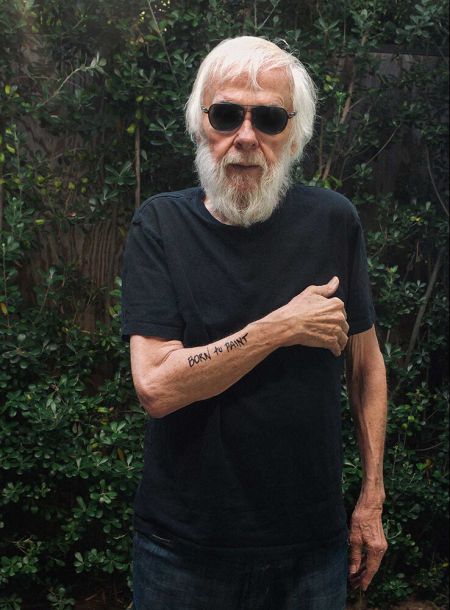
John Baldessari y los Juegos Arbitrarios: Lanzando tres pelotas al aire para conseguir una línea recta
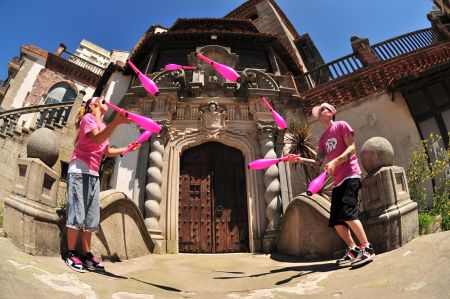
THE STREET JUGGLING PUZZLE..!
Street Juggling, which could also be referred to as urban juggling, is in fact a concept that goes far beyond the mere location linked to public space. This contemporary trend in the arts of juggling is defined as a multi-faceted formula in which influences from other urban cultures coexist, and the sum of these parts results in a much more elaborate mix.
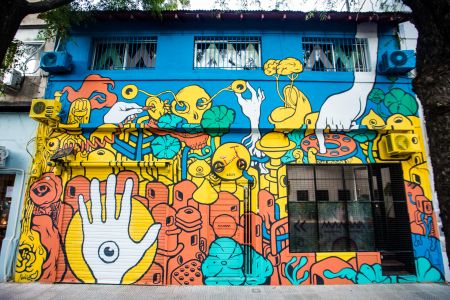
Entrevista a Gualicho aka Pablo Harymbat
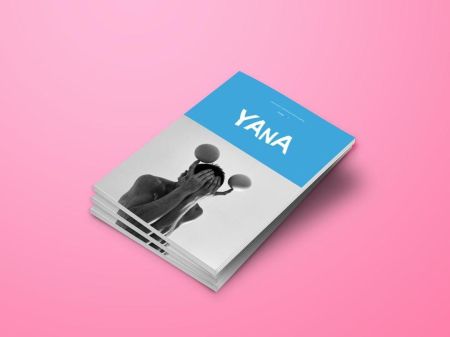
YANA / ISSUE N. 1
PAPER PAGES CELEBRATING EMOTIONAL JUGGLING
To be true, making a print publication in 2021 is at least a poetic act. Florence Huet and Misaki Fukuda – the creators of YANA – know for sure about it. YANA is an independent art magazine with rigorous curation that exclusively compiles works and essays created by jugglers.
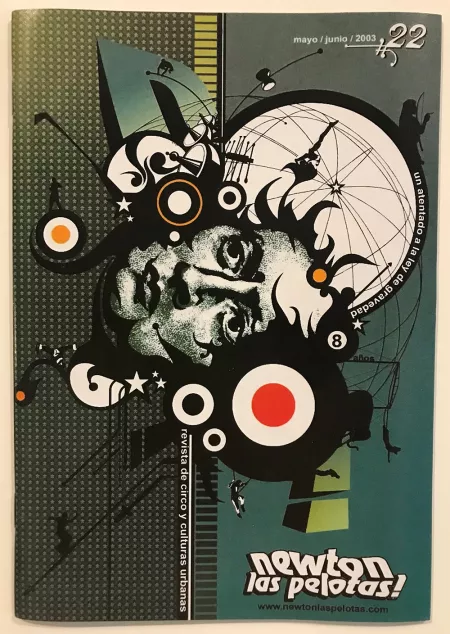
25 AÑOS ATENTANDO LA LEY DE GRAVEDAD
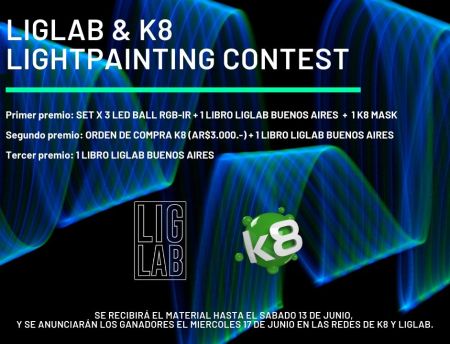
LIGLAB & K8 LIGHTPAINTING CONTEST
As a part of the presentation of LIGLAB BUENOS AIRES -the first book from the Argentinean light painting group LIGLAB- Celebrating the International Day of Light (May 16th) and the International Day of Juggling (June 17th), @k8malabares and @liglab announce a Light Painting Contest, inviting people all over the world to paint with light in their homes. The contest is open to photographers, jugglers, and any enthusiast with a camera and a light device. The three winning photos will receive special prizes!
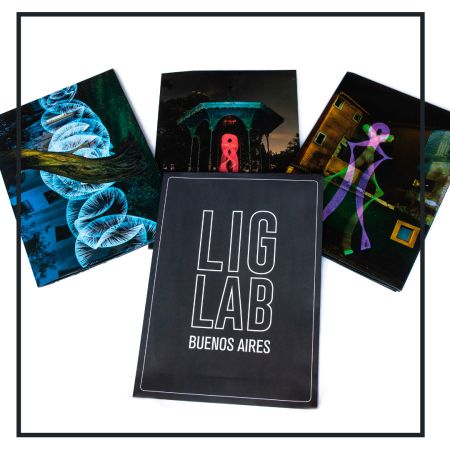
LIGLAB BUENOS AIRES
LIGLAB is a light painting group from Argentina, whose members are Alberto Brescia, Diego Altabás and Migma. Since 2009 they’ve been exploring different light painting techniques through photo-performance sessions.
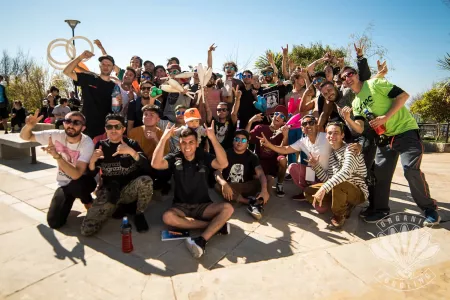
Valpo Street Juggling first edition
We had the honor of witnessing the first edition of the Street Juggling competition in Valparaiso.
Together with OrganicJuggling present at CIMAC, the first street Juggling competition that took place in Valparaiso, Chile. A large number of participants and jugglers were present in what was this great event. We also have the outstanding presence of Wes Peden throughout the day.
